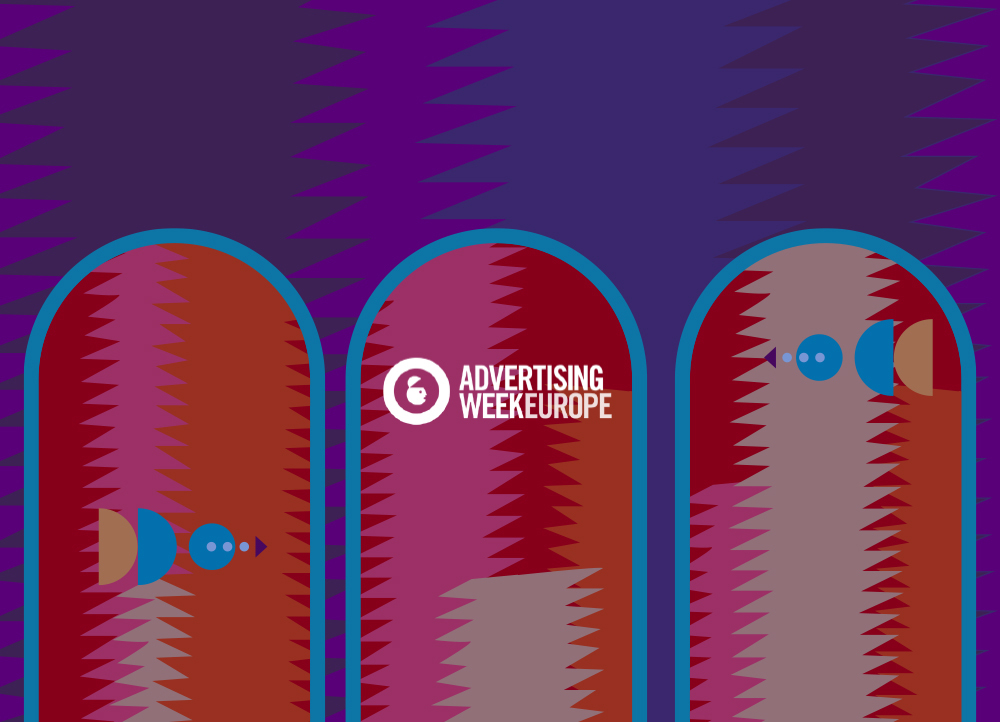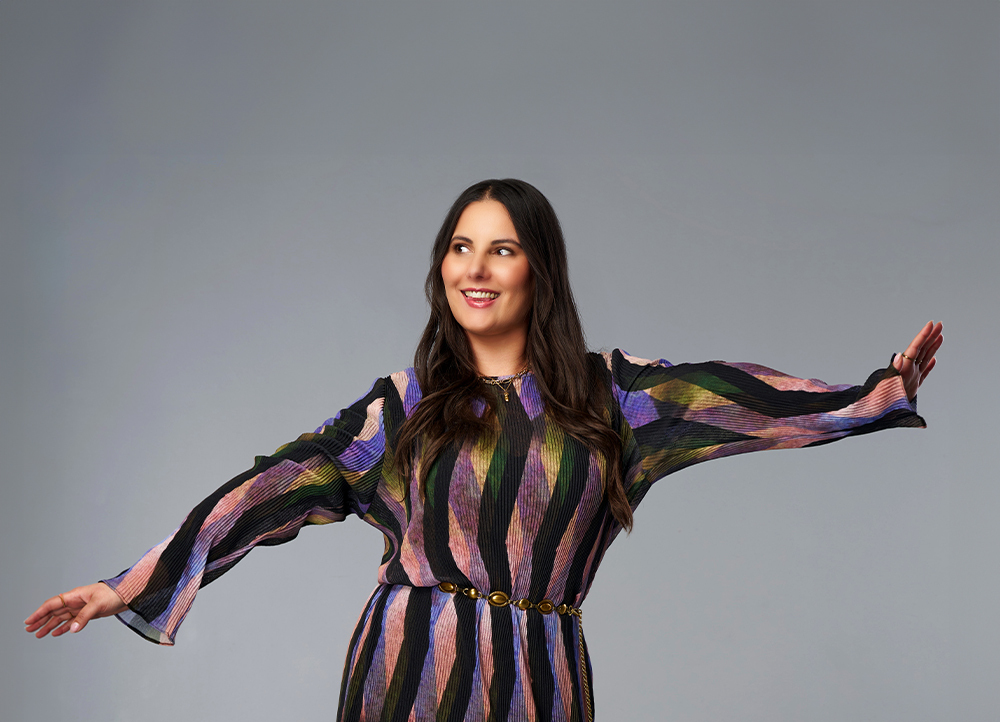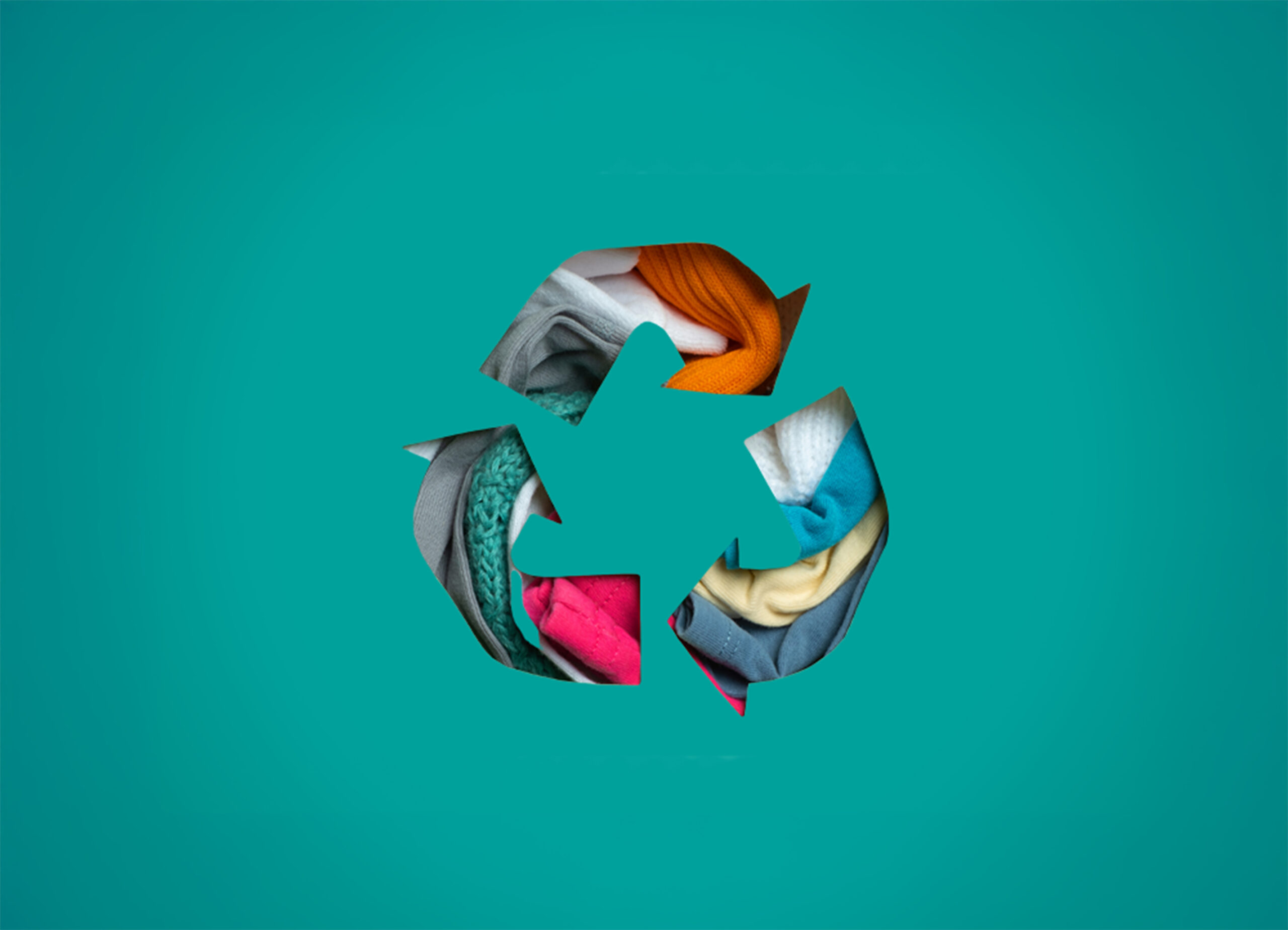“Thinking is a human feature. Will AI someday really think? That’s like asking if submarines swim. If you call it swimming then robots will think, yes.” Noam Chomsky
Artificial Intelligence used to be the stuff of science fiction, but now it’s an everyday reality. It’s what moves certain e-mails to your spam folder, powers voice-recognition software like Siri and Alexa and recommends you products you might like when browsing online. It’s no surprise then that Advertising is starting to embrace the possibilities of Artificial Intelligence in lots of different ways.
AI in marketing can be separated into two types of intelligence: task automation and machine learning. Task automation requires relatively low levels of intelligence. It involves following a set of rules or executing a predetermined sequence of operations based on a given input. Rudimentary ‘chatbots’ are an example of task automation in action. Machine Learning algorithms, on the other hand, are trained using large quantities of data to make relatively complex predictions and decisions. This includes recognising images, deciphering text, segmenting customers, and anticipating how customers will behave.
Customer Profiling
Technology like IBM’s ‘Watson’ AI can parse through hundreds of data points at once. This can provide valuable insights into consumers by collecting information on what they buy, which websites they browse and what tools they use to do so. Consumer profiles can be created by AI almost instantly by taking into account previous interactions, geo-specific events and similarities between types of consumers.
By using AI to analyse data, it is easier to visualise the customer journey and provide the right kind of solution. An app created by the paint company Behr is a great example of leveraging AI’s potential in this area. Using AI, it delivers several personalized Behr paint-colour recommendations that are based on the mood consumers desire for their space.
Creating Content with AI
There are now tools on the market that can generate social posts, headlines, captions and blog outlines. Although attempts have been made to use AI to generate creative fiction, it is currently more effective at creating reports and other formulaic pieces of writing. AI can scan thousands of pages in seconds and then use what it learns to generate content that mimics a human writer’s style. While the text they produce often needs to be tweaked by a human, it can still save a lot of time in the writing process.
AI can generate visuals too. The online text-to-image generator DALL-E mini has become a social media meme recently with its crude visual responses to text prompts. However, as the technology evolves it could become an extremely useful tool for designers. In fact, a designer for Cosmopolitan magazine recently used DALL-E to create the world’s first AI generated magazine cover. More generally, AI allows you to design variations of ads to find which offers the best result. Different elements of the design such as colour, font and the images can be picked apart and given a score. Metrics like click-through rate and engagement ranking can also be taken into account by the AI to determine how effective an ad is and what needs to be changed.

Thanks to AI, editing software is now capable of automatically matching colours and managing sound mixing against voiceovers. It can also help with image generation and manipulation tasks. For example, AI can create copyright-free images of non-existent people, animals and objects. This helps create stock images and circumvents problems associated with copyrighted images. Software also now exists which can transform text into professional-looking video packages featuring realistic human AI avatars. This saves the time and money involved in hiring a film crew, actors and a studio.
Deepfake It ‘till you Make It.
Deepfake technology produces an imitation of someone’s voice or face. It is based on neural networks, which are fed a dataset to produce a likeness. One of the most common examples is swapping a person’s face with another and many of these deepfake clips have circulated around social media with the intent of ‘pranking’ the viewer. Understandably, there is a great deal of anxiety around this technology and the role it could play in spreading fake news and false narratives. However, when used ethically, it has great potential or advertising.
Ogilvy India used deepfake technology in a campaign it created for Cadbury last year. Called ‘NotJustACadburyAd’, the campaign allowed local store owners to create an advertisement for their shops for free with a deepfake of famous Indian actor Shah Rukh Khan. AI and machine learning were used to recreate Khan’s face and voice so that it sounds like the actor is saying the local store or brand’s name. As well as advertising, deepfakes are being embraced by popular culture more generally. One recent example is rap superstar Kendrick Lamar’s video for ‘The Heart Part 5’.
The Future
So, what role will AI play in Advertising’s future? We can only speculate, but perhaps we can find some clues in the story of Russian designer Nikolay Ironov. For over a year, as a member of Moscow design firm Art. Lebedev Studio, he designed logos for influencers, restaurants, craft beers and apps. Clients were delighted by his fresh, bold and whimsical work. But Nikolay Ironov didn’t exist. He was an AI system that had learned to produce the logos by studying hand-drawn vector images for years.
Although its cover has been blown, the Ironov AI system is still producing work for clients. In fact, Ironov 2.0 has been revealed and has a new ‘brain’ which Art. Lebedev Studio claims is even more imaginative than its predecessor. Of course, AI does have its limitations. It can’t appreciate emotional subtleties and it doesn’t have its own moral and social conscience, as it only learns from what is fed into its system. However, it will continue to evolve and the advertising industry will evolve with it.
Share on & Tag us @alwaysbecontent




